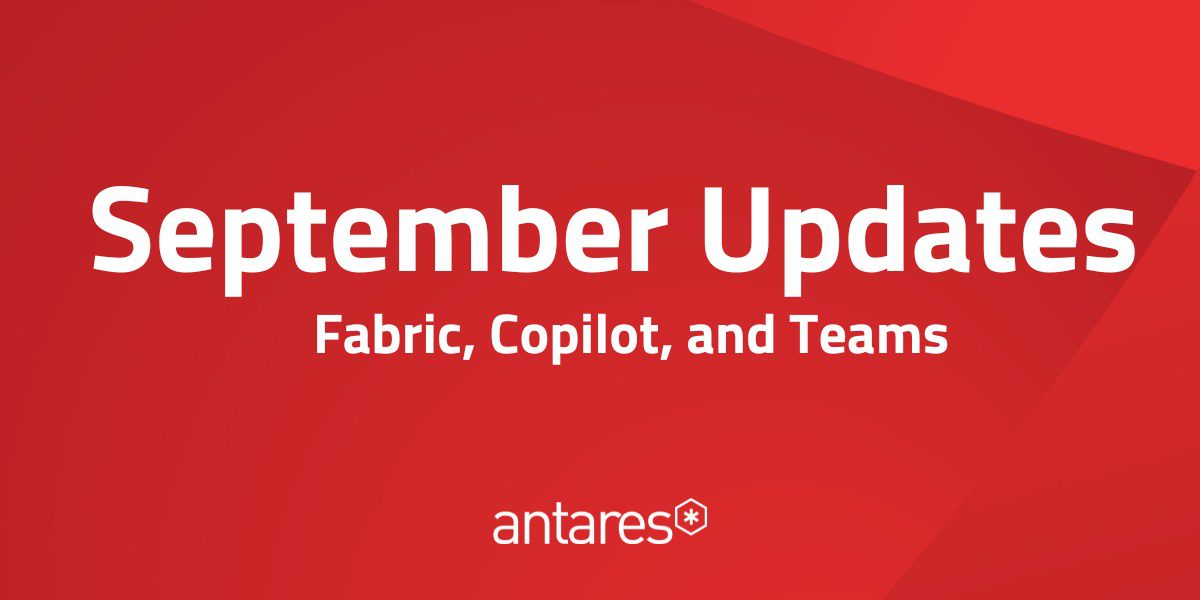Digital transformation is essential for Australian K-12 education, particularly in data analytics. In this three-part series, Gregory Brown introduces us to Peter Manoukian from Microsoft and Marton Marek from Antares, who reveal how data can empower schools, save time, and improve student outcomes. This article summarises the first episode’s insights on data management, integration, and the benefits for schools embarking on digital transformation.
You can view the full episode here:
Start with a Unified Data Strategy
Peter Manoukian points out that K-12 schools are often overwhelmed by data silos and incompatible systems. Data is scattered across student management systems, learning platforms, and other applications. This fragmentation leads to inefficiency, and without a centralised strategy, data insights are limited.
Peter suggests starting small—transitioning systems or data sources with low complexity first to help the school’s team learn the platform. This gradual approach lets schools integrate disparate data into one platform, simplifying access and improving analytics capabilities.
Marton adds that by establishing consistent data naming conventions and policies from the start, schools can significantly reduce reporting complexities down the line. Schools save time and streamline processes when staff work within a unified data management platform.
Fabric’s Simplicity for Schools of All Sizes
For many schools, the transition to a unified data strategy is daunting due to limited IT resources and specialised staff. Gregory addresses this by asking why Fabric, Microsoft’s data platform, suits even small schools. Peter responds, “Simplicity.” Microsoft Fabric requires minimal infrastructure management, allowing schools to access robust data analytics without needing a team of engineers or data scientists. This makes it highly suitable for smaller schools with lean IT teams.
Marton notes that many schools already familiar with Power BI will find Fabric’s layout and controls familiar, easing the transition. The platform’s SaaS nature eliminates hardware worries, and Fabric’s integration with existing security models reduces the learning curve even further. Schools can use their data effectively and securely, even with small staff numbers.
Supporting Teachers and Administration with Insights
Data analytics not only improves student outcomes but also aids planning and operations. Marton explains that Fabric enables schools to create predictive models using existing data to anticipate needs, such as teacher staffing levels, curriculum adjustments, and student support.
For example, some schools track student performance trends across years to identify students needing intervention early, allowing staff to allocate resources proactively.
Peter highlights that Microsoft Fabric’s real-time notification capability saves time by pushing critical information directly to those who need it, instead of requiring staff to search through static reports. With dashboards tailored for different school departments, administrators, teachers, and HR staff can access relevant insights effortlessly. Marton underscores the potential for schools to use data to ensure efficient management across all areas, from student performance to facilities planning.
Summary
Australian K-12 schools can transform how they use data to drive better outcomes by starting with a unified data strategy, choosing a simple and compatible platform like Microsoft Fabric, and using insights to support proactive decision-making. For schools ready to begin, Antares Solutions offers data assessments and resources to ease the transition into digital transformation. In 2025, make data work for your school by investing in systems and insights that support every student, teacher, and administrator.



